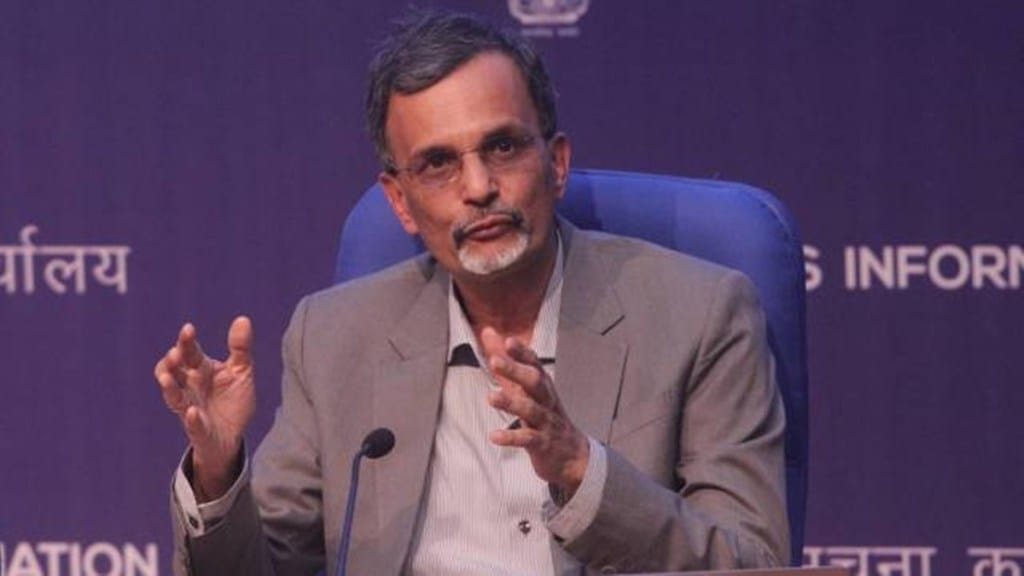India’s Chief Economic Advisor (CEA) V Anantha Nageswaran on Monday said southern states account for 33% of the country’s manufacturing workforce but contribute only 26% of its manufacturing output, highlighting the need to improve labour productivity in the region.
Speaking at the CII Mystic South Global Linkages Summit 2025, Nageswaran noted that the southern states contribute ₹5.35 lakh crore, or 27%, of India’s manufacturing gross value added (GVA), while employing over 55.78 lakh people in the sector. “That tells you there is scope for improvement in productivity because you have a higher share of the workforce compared to outputs,” he said.
On skill levels, he explained that if ranked from 1 to 4—where 1 represents basic skills and 4 denotes high-order professional skills—southern states perform well up to ‘skill level 2’. However, he stressed that southern states have a lot of ‘room to catch up’ if they need to achieve higher order professional skills like medicine, engineering, and geology.
“If the 21st century is going to be about high value-added manufacturing and artificial intelligence (AI) then we need to improve on skill 3 and 4. That is where academia-industrial collaboration has to be much greater than what it is so far,” he added.
Nageswaran lauded the southern states’ economic competitiveness and social progress. “It is about time the south benchmarks itself with the world and not just India because within India it is already leading on many of the parameters,” he remarked.
The CEA also highlighted that southern states have 92,462 factories accounting for 37.41% of India’s total factories and contribute ₹9.45 lakh crore, or 26%, of the country’s fixed capital investments.
He highlighted the role of “clusters” as important drivers of competitiveness for southern states, citing Tamil Nadu’s footwear clusters, Karnataka’s IT and aerospace clusters, and Telangana’s production technology and heavy machinery clusters.
“Clusters,” he said, can be a good alternative to large, scale-based enterprises as they mimic the advantages of scale-based industries and can create their own ecosystem.
The CEA observed that private sector profitability had significantly increased over the past four years since the Covid-19 pandemic. However, he pointed out the importance of wage growth and hiring to sustain demand. “We also need to keep in mind hiring and wage growth. If only there is demand visibility, the private sector will be able to sell more.”
Urging the private sector to invest in capital expenditure, Nageswaran said the purpose of the recent budget’s tax cut is not merely to increase disposable income. “Putting more disposable income in the hands of households means either greater savings or higher demand, which in turn should encourage the private sector to take over the mantle of capital formation from the government, which has been driving it for the last 4-5 years.”

